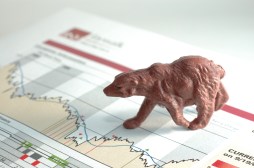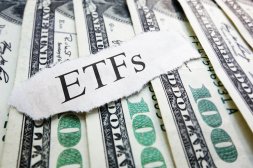The Impact of High-Frequency Trading on Market Dynamics

High-frequency trading (HFT) has emerged as a significant force in the financial markets, influencing how trading occurs and impacting market dynamics. Understanding HFT involves looking at its mechanisms and the broader implications it has on liquidity, volatility, and market efficiency.
Understanding High-Frequency Trading
High-frequency trading is characterized by the use of advanced algorithms and high-speed data networks to execute a large number of orders within milliseconds. This approach allows traders to capitalize on small price discrepancies across various markets. The strategies employed in HFT are often complex and require significant technological investment, making them accessible primarily to institutional investors.
Market Liquidity
One of the notable impacts of high-frequency trading is its effect on market liquidity. HFT firms can provide liquidity by continuously placing buy and sell orders, which facilitates smoother transactions for other market participants. However, this provision can fluctuate based on market conditions, leading to debates about whether HFT enhances or detracts from overall market stability.
Volatility Considerations
The relationship between high-frequency trading and market volatility is complex. While some argue that HFT contributes to increased volatility during turbulent times due to rapid order execution, others suggest that it may help mitigate extreme price movements by reacting quickly to new information. Understanding this dynamic requires careful analysis of various factors influencing both HFT activities and broader market conditions.
Market Efficiency
High-frequency trading advocates often highlight its role in improving market efficiency by narrowing bid-ask spreads and ensuring that prices reflect available information more rapidly. By leveraging technology, HFT can contribute to a more efficient marketplace where prices adjust quickly in response to new data or changes in supply and demand dynamics.
Regulatory Perspectives
As high-frequency trading continues to grow, regulatory bodies have taken interest in its effects on financial markets. Various regulations aim to ensure fair practices while addressing concerns related to excessive risk-taking or potential systemic risks posed by algorithmic trading strategies. The ongoing dialogue between regulators and industry participants reflects the evolving nature of financial markets influenced by technology.
In summary, high-frequency trading represents a transformative element within modern financial markets with far-reaching implications for liquidity, volatility, efficiency, and regulation. As this practice evolves alongside technological advancements, continued examination will be essential for understanding its role within the larger economic landscape.
This text was generated using a large language model, and select text has been reviewed and moderated for purposes such as readability.











